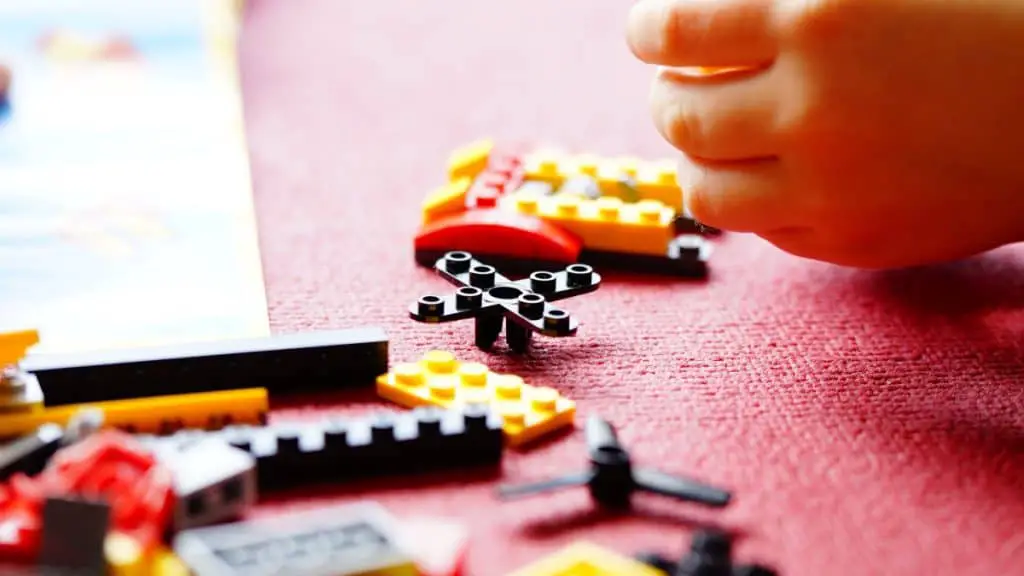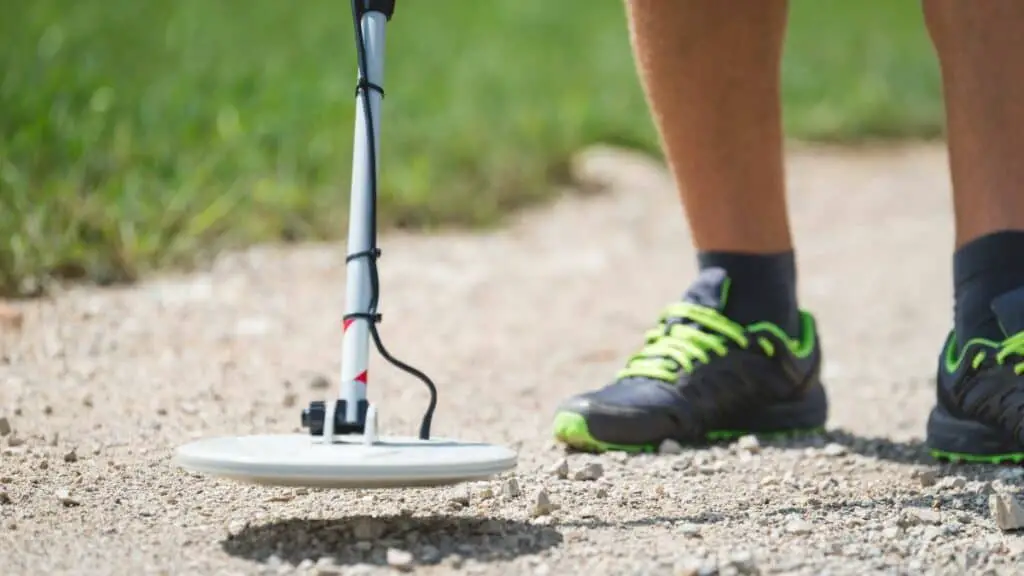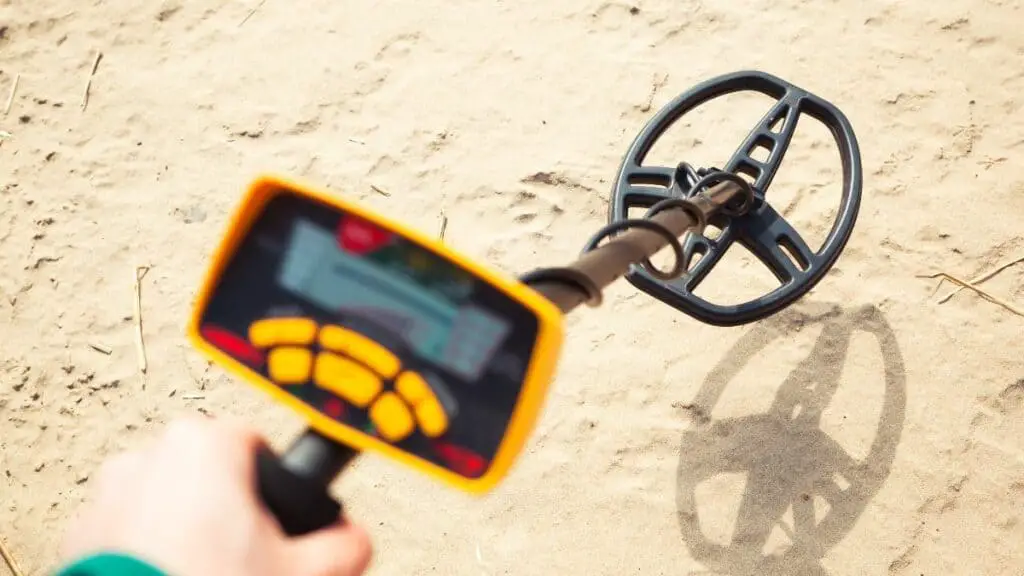Biology Science Fair Projects for 10th Grade – Pique Your Students’ Interests
By the time that children reach 10th grade, they’ve usually begun to develop their own unique interests and academic preferences. That’s why we came up with a list of fun and engaging biology science fair projects for 10th grade students tailored towards a variety of different interests – whether your student is an environmental expert or a budding behaviorist, we’ve got you covered!
Related post: Simple Science Fair Projects for 3rd Grade
Environmental Experts
Does soil in your neighborhood contain high levels of lead?

Lead is a chemical element that occurs naturally in the environment including air, water, and soil. In large enough amounts, lead is also toxic to humans. While the government has made great efforts in the last several decades to reduce the amount of lead exposure among humans, lead still remains in our environments. Although lead generally occurs in low enough amounts that it does not negatively affect our health.
In this project, students will be required to test lead levels in soil samples around their neighborhood or community. This is to determine if and where high levels of lead exist. To test soil samples, students will need a lead soil test kit. Kits can be purchased from the Carolina Biological Supply Company (item #181805).
Before beginning the project, students should conduct background research into what levels of lead are considered safe and what levels are considered dangerous. Then, they can develop hypotheses regarding where they think the highest levels of lead will be found and what those levels will be. Finally, they can test soil samples taken from different areas in their neighborhood and compare their results to their original hypotheses.
Budding Behaviorists
Do betta fish habituate to repeated presentation of aggression-inducing stimuli?

This is a great project for a student who already has a betta fish as a pet, or for a student who has been begging to get one! For this project, all you need is a betta fish and a mirror. Betta fish can be purchased at your local pet store.
Betta fish are known to be aggressive fish, which is why they tend to be kept alone as pets. When these fish encounter another betta fish, they demonstrate an aggressive response. To experience this aggression response for yourself, you can place a mirror in front of a betta fish’s bowl to “trick” the fish into thinking it is looking at another fish.
Many animals demonstrate a phenomenon known as habituation. Habituation refers to the reduction of a behavioral response to a stimulus following repeated presentations of that stimulus. For example, if I stand behind you and unexpectedly shout your name, you will likely demonstrate a startle response (e.g., jumping, screaming, or flinching). However, if I stand behind you and shout your name ten times in a row, by the tenth time, you will likely stop demonstrating a startle response. This process is known as habituation.
In this project, students are required to examine whether the betta fish demonstrates habituation to repeated exposure to a threatening stimulus by being presented with “another fish” by using a mirror.
For starters, students should come up with a set of testable hypotheses like the following: What do they think the aggressive response will look like? How many times can they place the mirror in front of the bowl until the betta fish stops showing aggressiveness? How long will habituation last if, for example, the fish habituates and then is left alone overnight? Will it demonstrate an aggressive response when the mirror is placed in front of the bowl again the following morning?
Does reaction time differ across genders? Does it differ across age groups?

This project is an easy one that requires a ruler. To test human reaction time, students should come in pairs. The “subject” will be tasked to hold his/her hand out with a gap between their thumb and index finger. The other should then hold a ruler above the gap in the subject’s hand with the “0” marking on the ruler lined up with the top of their hand. Then, the said student should drop the ruler without saying when they will drop it, and have the subject pinch their thumb and index finger together to catch the ruler. Take note of the number located at the top of the subject’s thumb. Now, to get an average reaction time measure, the students should repeat this at least five times.
To calculate the reaction time, students will need to convert the numbers recorded from the ruler to reaction times using this table. Students can then get the results based on the trials they’ve gone through to calculate an average reaction time for the subject. After this, students can test females and males to determine if there are any differences in reaction time across genders. Alternatively, they can test people of different ages.
Botany Buffs
How important are soil microorganisms for plant health?
For some of your students who have green thumbs, this science fair project will be perfect for them. In this project, they will need to examine the importance of microorganisms in plants by testing different rates of plant growth among plants grown in sterile versus non-sterile soil.
Heat is known to kill microorganisms in the soil. So keeping that in mind, students can then examine the importance of soil microorganisms by comparing growth among plants grown in soil that has been heat sterilized in the oven and soil that has not been heat sterilized.
While the basic premise of this project is simple, it’ll also be a great opportunity for students to develop and test their own hypotheses. For example, students can test what temperature is most effective at killing microorganisms in the soil by placing different soil samples in the oven at different temperatures. Other possibilities include testing the effect of sterilization on different types of plants or adding other organisms, such as worms, to the soil.
DNA Devotees
Which animals have their genomes sequenced?
Although hands-on experiments make for great science fair projects, secondary research can serve as an excellent low-budget alternative. Secondary research refers to compiling and summarizing already existing data – and all you need for it is a computer with internet access.
One interesting topic for secondary research is genome sequencing. Genome sequencing refers to the process of figuring out the order of all the thousands of nucleotides that make up an organism’s DNA.
For this project, students can gather information simply by searching through Google. Alternatively, the government also provides easily searchable databases containing a wealth of information on sequenced genomes. For example, the National Center for Biotechnology Information provides an easy-to-search genome sequence database.
To search this database, simply enter an animal’s common name (e.g. “dog”) and hit enter to search. Have your student put together a data table that includes genome sequencing details for each animal.
Frequently Asked Questions
I have budget restrictions. What projects can my student do for free?
Secondary research (described in the DNA section above) is a perfect no-cost option for a science fair project where your students would only need a computer with internet access. If they don’t have one at home, they can visit the school’s computer room or use the computers available local library (provided that their library has a makerspace).









